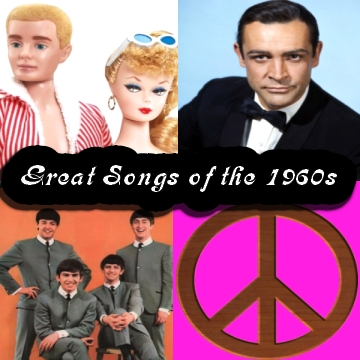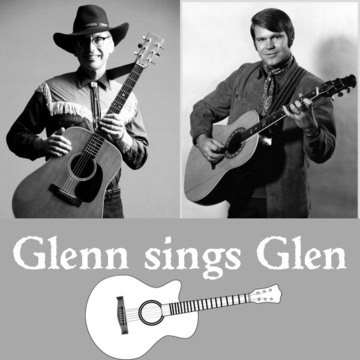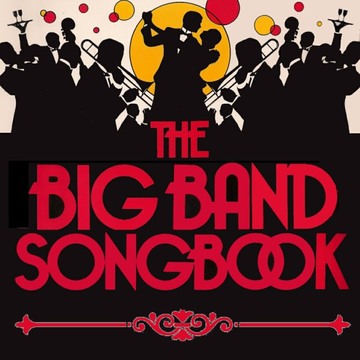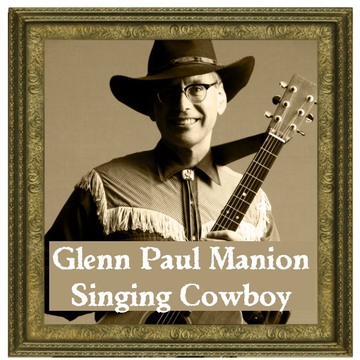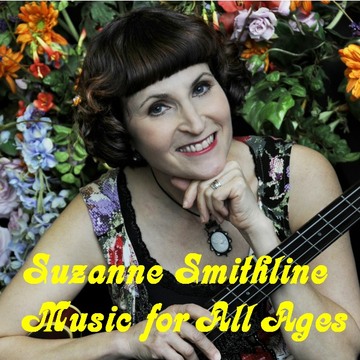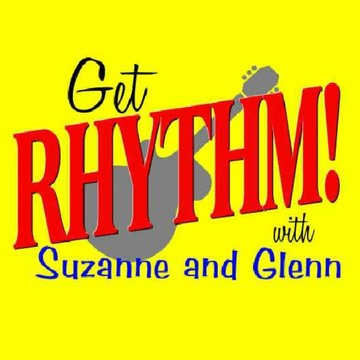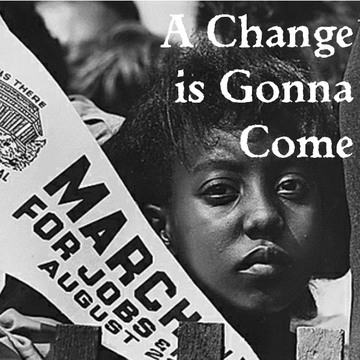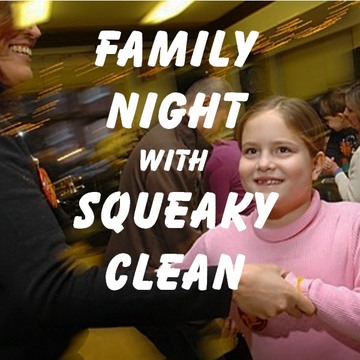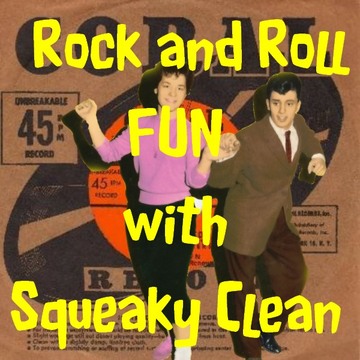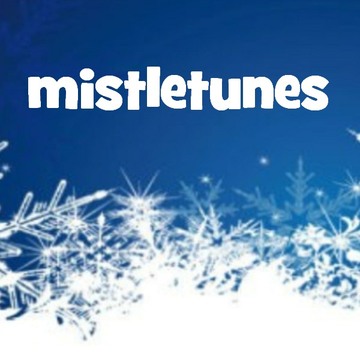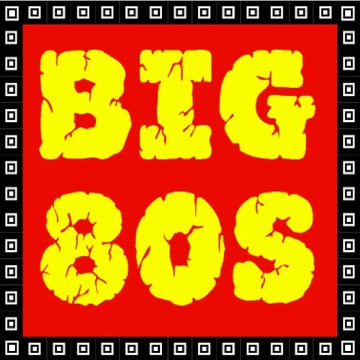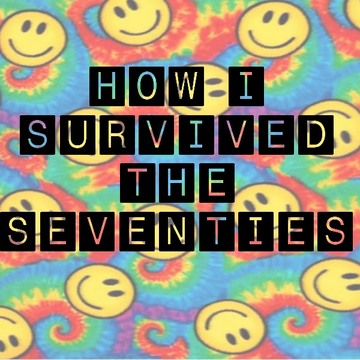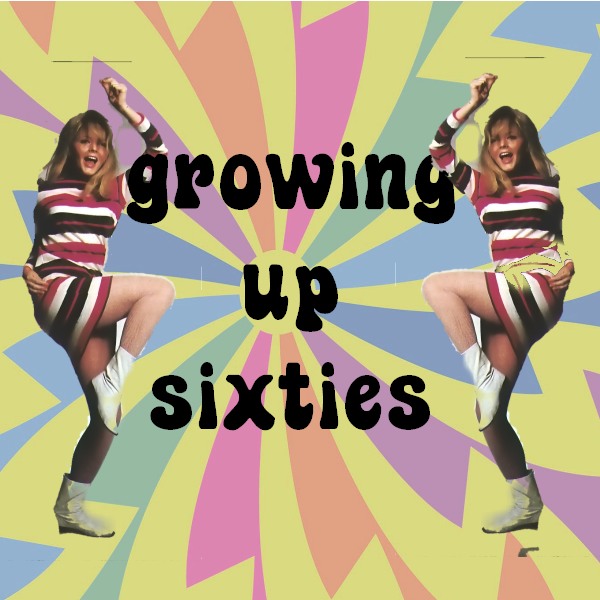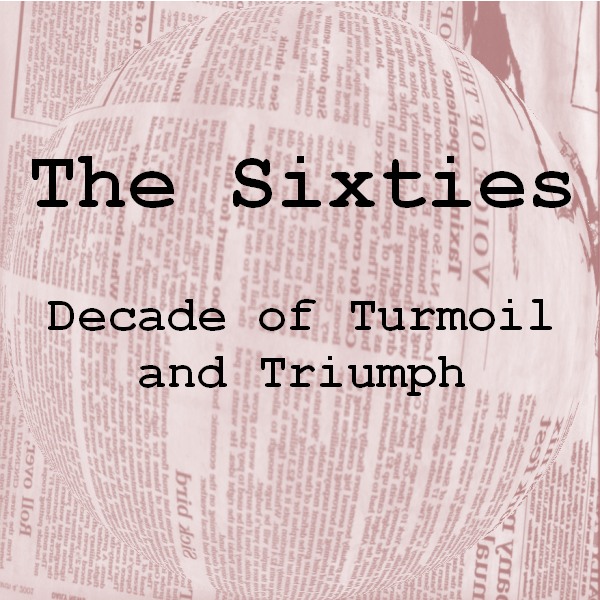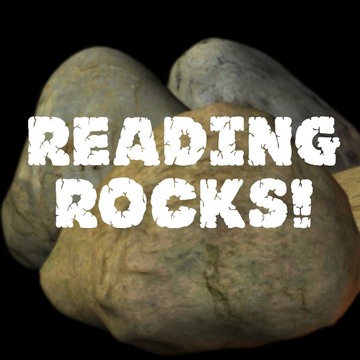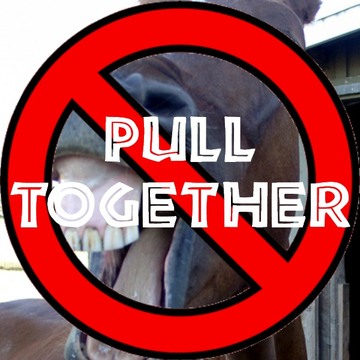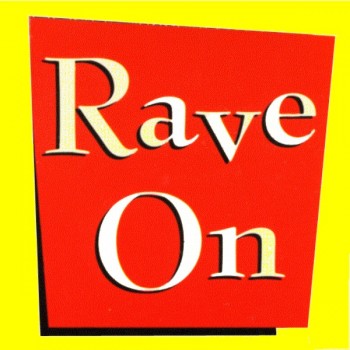
Featured Songs
- Rock Around the Clock
- Why Do Fools Fall In Love?
- Kansas City
- Got a Lot of Rhythm In My Soul
- Hound Dog
- That’ll Be The Day
- Lollypop
- The Loco-Motion
- It’s My Party
- La Bamba
- Twist and Shout
Preview
Rave On! The Roots of Rock and Roll
European and African influences combine to 1950s teenagers their own voice.
Available formats
- Full band for in-school assembly
- Duo for seniors
- Duo or band for libraries
…
Keywords
US History Technology Music History Vocal Music
Black History Hispanic Heritage Cultural Diversity
…
About The Show
It’s a uniquely American story: in the Southern United States a young man growing up in Mississippi heard blues music all around him. As a teenager living in the musical melting pot of Memphis, Tennessee he heard country/western music and many other styles that came with the folks who lived and worked in this thriving river town.
Simply by playing and singing the songs he grew up with, Elvis Presley personified a new musical hybrid that brought together America’s European and African traditions.
Glenn relates the story of how American blues music evolved from African musical traditions, brought here by people who had to carry their cultural heritage in their heads and pass them along to their children. Suzanne outlines a similar process with European immigrants, whose musical tradi- tions combined to create American folk music (with musicians like the Carter Family and Woody Guthrie).
Elvis benefited from a new technology called television that brought him into America’s living rooms. The intense reaction especially from young girls, got a lot of American kids to think about music in a brand new way.
Of course, rock and roll caught America’s parents by surprise. Nobody expected teenagers to embrace music with such a mixed pedigree, featuring gyrating performers moaning and mumbling nonsense. The musical establishment fought back with less threatening teen idols and less objectionable songs like the Chordettes’ “Lolllypop.”
Suzanne demonstrates how the bass fiddle was played without a bow, “slapping” the strings to achieve a propulsive, driving rhythm. And Glenn shows how the beat of the railroad train, heard in big cites and out in the country, was incorporated into songs like Little Eva’s “The Loco-Motion.”
The musical establishment did occasionally create songs that accurately reflected the experience of American teenagers. This happened in 1963 when a New Jersey teenager named Leslie Gore scored a #1 hit song with “It’s My Party.”
Latin rhythms were prominently featured in many pop songs of the 1950s and performers of Hispanic backgrounds have often achieved mainstream success.
Ritchie Valens ‘ version of a folk song from Veracruz Mexico topped the charts in 1958. “La Bamba” is the only song on Rolling Stone’s 500 Greatest Songs of All Time sung in a language other than English. Ironically, Valens did not speak Span- ish and was taught the words by his aunt Ernestine.
Four young men in Liverpool England absorbed every note played by the early rock and roll greats and sold it back to America in what was dubbed “The British Invasion.” The final song of the program is introduced by a 1963 video clip of the Beatles appearance at a Royal Variety Performance for British Royalty. John Lennon, always the cheeky provocateur, invites the well-healed audience to “rattle their jewelry.”

